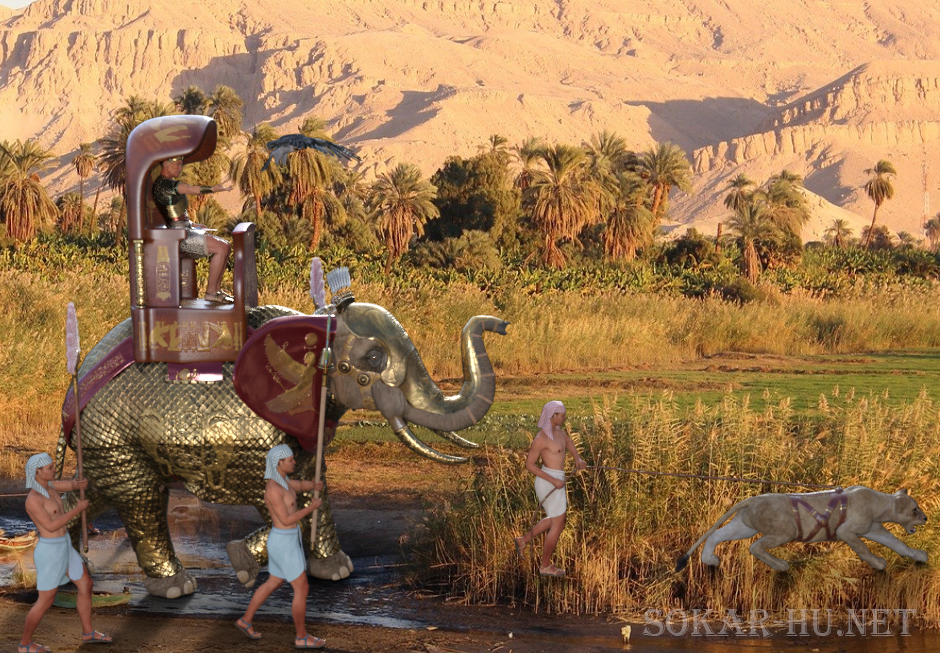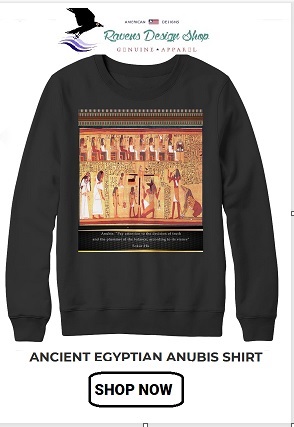
Amenhotep III ruled Egypt from June 1388 BC to December 1351 BC/1350 BC and was one of the most wealthy rulers of ancient Egypt. Amenhotep III's Great Royal Wife, Tiye, was also mother of Akhenaten and grandmother of Tutankhamun.
Inscriptions from Amenhotep III's jubilee palace in western Thebes tell us that the king was actually referred to as Aten Tjehen, the Dazzling Aten.
In ancient Egypt, during the reign of Amenhotep III, a grand palace was built in western Thebes to celebrate the king's jubilee. This palace was adorned with inscriptions that revealed a surprising truth about the king.
According to the inscriptions, Amenhotep III was not only referred to as a pharaoh, but he was also known as Aten Tjehen, the Dazzling Aten. This was a unique title, and it implied that Amenhotep III had a special connection to the sun god Aten.
Aten was already an important god in ancient Egypt, but during the reign of Amenhotep III, the worship of Aten became even more prominent. Amenhotep III claimed that Aten had chosen him as his representative on earth and that he was the only one who could communicate with the god.
The people of Egypt were amazed by this claim and began to worship Amenhotep III as a living god. They believed that he possessed divine powers and that he was capable of performing miracles. Amenhotep III used this belief to solidify his power and to establish himself as the greatest pharaoh of all time.
One day, a powerful priest named Amonhotep, who was a follower of the god Amun, challenged Amenhotep III's claim to divine power. He argued that Amun was the most powerful god in Egypt and that he alone had the power to communicate with the gods.
Amenhotep III was enraged by this challenge and ordered the priest to be arrested and brought before him. The priest was defiant, and he refused to renounce his belief in Amun. Amenhotep III was impressed by the priest's courage, and he realized that he could not simply force his beliefs on others.
Instead, he ordered that both the worship of Amun and the worship of Aten should be allowed in Egypt. He realized that both gods had their own unique qualities and that they could be worshipped side by side.
And so, Amenhotep III continued to be known as Aten Tjehen, the Dazzling Aten, and his reign became known as a time of great religious tolerance in ancient Egypt. The people of Egypt were able to worship the gods of their choosing, and they were united under the leadership of a wise and just king.

